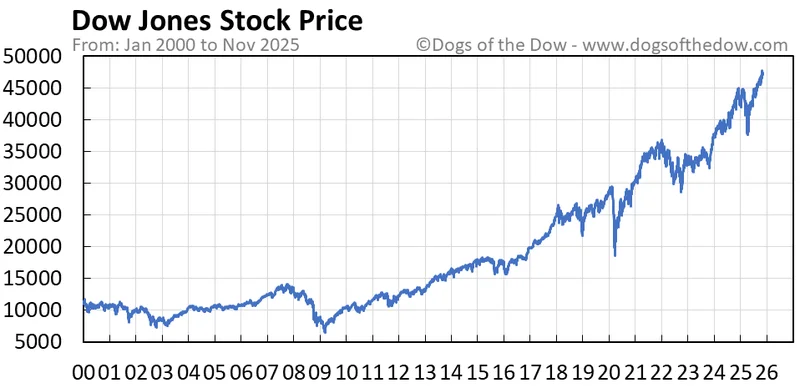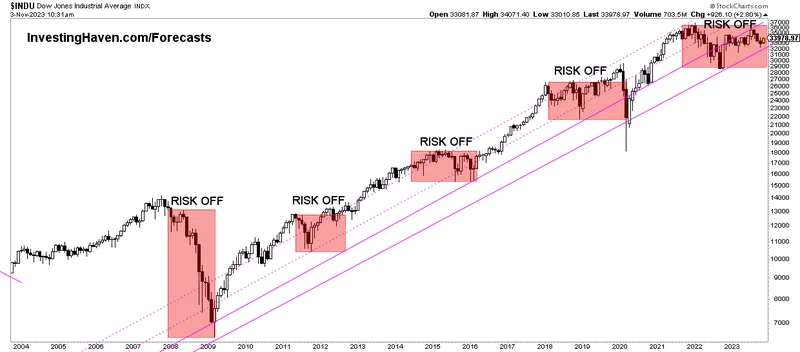Article Directory
The Nasdaq took a 1.9% hit, the S&P 500 dropped 1.1%, and the Dow Jones Industrial Average shed nearly 400 points (a 0.8% decline) between November 6th and 7th. A sea of red, driven, according to conventional wisdom, by Big Tech valuation anxieties and some pretty grim private jobs data. October's layoff announcements were the worst we've seen since 2003. The 10-year Treasury yield also dipped, settling at 4.08%. A classic flight to safety, perhaps?
Let's dig a bit deeper than the surface-level headlines. The narrative being pushed is that high tech valuations are due for a correction. But is this a sector-wide issue, or are there specific companies skewing the data? Nvidia, for example, took a hit after some comments about the AI industry not getting a federal bailout. But then you have Snap soaring almost 20% on a revenue beat and a Perplexity AI partnership. That's not exactly a uniform picture of tech weakness.
Layoffs: The Headline That Doesn't Tell the Whole Story
The big, scary number is 153,074 job cuts announced in October. The highest October figure in over two decades, and the worst single month in the fourth quarter since 2008. Zoom out a bit, though, and you see that US firms announced 1,099,500 job cuts in the first 10 months of the year, a 44% jump from 2024. Okay, so layoffs are up significantly year-over-year. But where are these cuts coming from? The report says "technology businesses led private-sector layoffs."
But that's where the nuance gets lost. "Technology businesses" is a broad category. Are we talking about unprofitable startups finally collapsing under their own weight, or are we seeing cuts at established, profitable tech giants? The answer matters. A wave of startup failures is arguably healthy, a necessary cleansing of the system. Mass layoffs at companies like, say, Microsoft or Apple would be a much more concerning signal. The data doesn't specify the ratio between the two (something I find genuinely puzzling, given the available resources for data collection).
And this is where a methodological critique is warranted: How are these "job cut announcements" being tracked? Is it based on official WARN Act filings (Worker Adjustment and Retraining Notification Act), press releases, or some other methodology? The source of the data significantly impacts its reliability. A company might announce 1,000 layoffs but only implement 700.

Winners and Losers: A Mixed Bag
While the overall market sentiment was negative, there were definitely some winners. Charles Schwab is acquiring Forge Global Holdings for $660 million (all cash). Schwab stock nudged up 0.3%, while Forge stock skyrocketed 68%. That's a clear vote of confidence in Schwab's strategy, and a decent exit for Forge investors.
Then you have the pharmaceutical sector. The Trump administration (yes, still) announced deals with Eli Lilly and Novo Nordisk to lower obesity drug prices in exchange for wider Medicare access and tariff relief. Eli Lilly stock rose 1%, while Novo Nordisk fell 2%. The market's reaction seems to hinge on who got the better end of the deal, which is pretty typical.
And Duolingo… well, Duolingo had a rough day. Shares plummeted after an AI-heavy pitch fell flat and the company lowered its guidance on bookings. The stock plunged 24% before the bell. Wall Street is clearly wary of anything that smacks of an "AI bubble," and Duolingo seems to have triggered those fears.
The Jury's Still Out
The market's reaction to these events is a mixed bag. There are clear winners and losers, and the overall picture isn't as straightforward as the headlines suggest. The spike in layoff announcements is concerning, but the devil is in the details. We need more granular data to determine if this is a genuine tech correction or just a recalibration.


